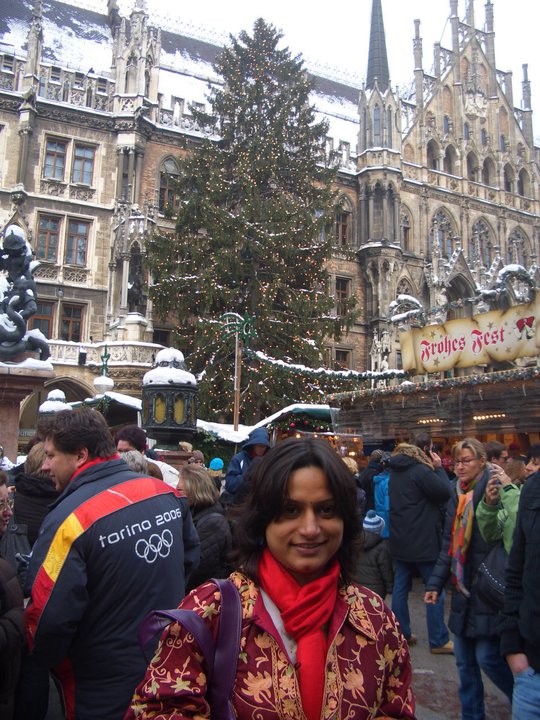Recently while trying to learn some new words in German, I came across the word for “sex” in German. Wait for it:
“Geschlechtsverkehr”
My first thought was: “Hey! Why do Germans love big, complicated, and difficult to pronounce words?” I have absolutely no idea! Another example of a difficult word I often wonder about is the German word for butterfly: “Schmetterling”. Butter-fly, although a long word too, is pretty simple when you break it down to butter and fly. The Hindi word for a butterfly is “titli”, 2 syllables only. Even in Czech, the word is “Moteel” (3 syllables and simple). But schmetterling??? I can see the beginners shaking their heads!
It is a combination of 2 words: “Geschlecht” meaning gender and “Verkehr” meaning traffic; implying that if you imagine the two genders as two autos and both coming from opposite sides and then stuck in a jam or maybe crashing into one another! (At least that is the mental picture that I got!)
So I had the following conversation my sister-in-law who is German:
Me: “I have a feeling that Germans are really good in bed!”
Sister-in-law: What makes you think so?
Me: Well, if you guys put in so much hard work and use an 18 letter word instead of a small 3 letter word, I am assuming you guys also put in a lot of hard work in the actual activity as well!
Sister-in-law: (Laughing) No. Actually we waste so much time and energy in writing and spelling and saying the word, that there is none left for the actual activity!!
Ach so! *wink*

Pragya










